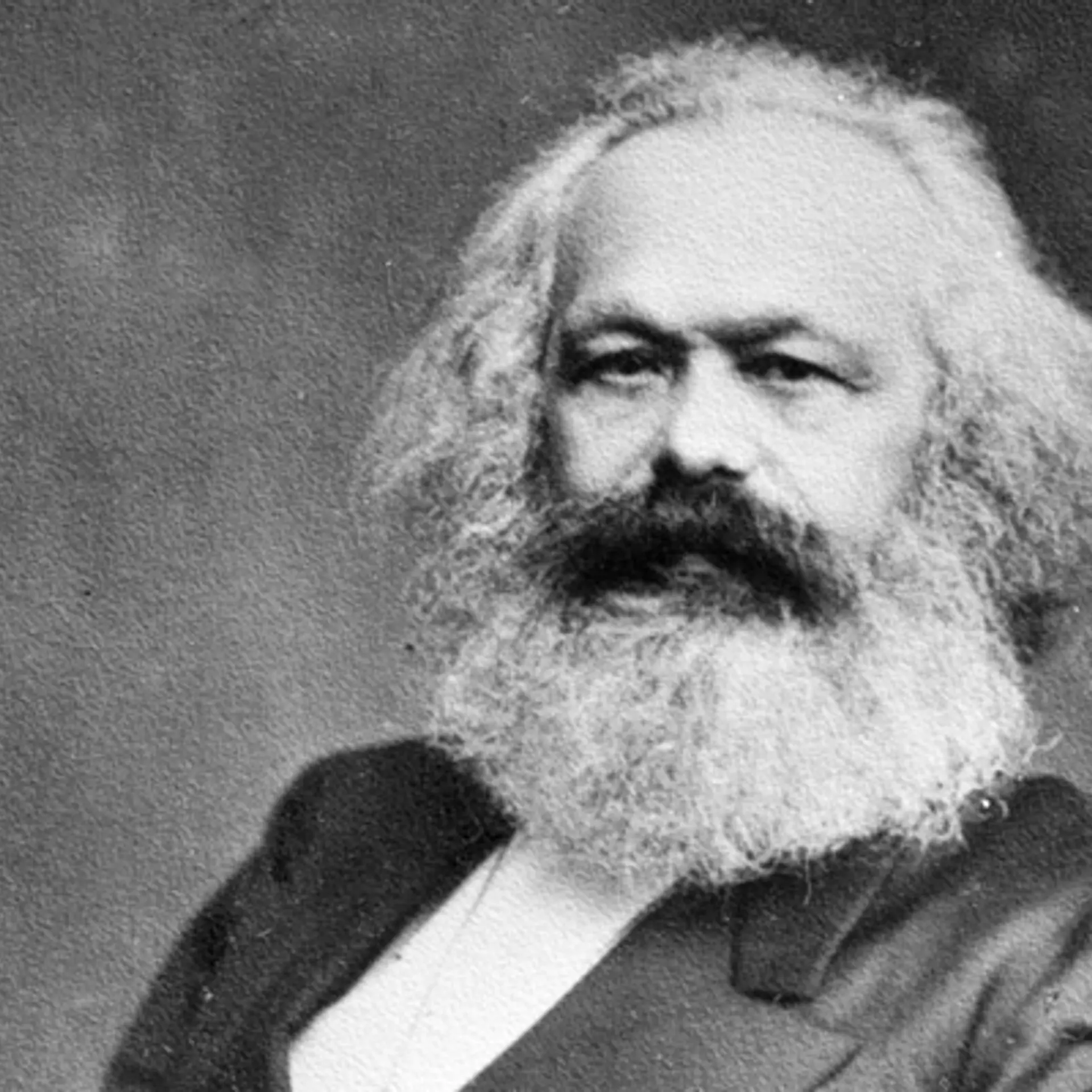From voice to vernacular and gaming, here are India's leading mobile internet trends
Most of India’s 451 million active mobile internet users access voice, vernacular, and video services. YourStory looks at the top trends in the country’s mobile internet consumption.
Earlier this week, at Microsoft’s ‘Future Decoded’ conference that marked CEO Satya Nadella’s visit to India, attendees were treated to live speech-to-text translations on a large screen as company executives delivered keynotes.
It was a cool, nifty, and quick-to-delight feature that sparked conversations in the audience. It was also a sign of the times, and perhaps an ode to the remarkable progress made by voice and speech recognition technology.
In recent years, voice has penetrated consumer lives as much as businesses. It is revolutionising the way people search for information on the internet. And its impact is being felt in India too.
A joint report by GroupM and the Mobile Marketing Association (MMA) found that 25 percent of search queries in India are made through voice commands, and 38 percent of local internet users have engaged with voice ads because they found it “less interfering” as compared to other forms of advertising.

Image: YS Design
Google Assistant, Amazon’s Alexa, Apple’s Siri, and Microsoft’s Cortana are helping users with millions of results for voice-led queries each day.
Not only search, but voice is also touching upon several aspects of our day-to-day lives. From being used for setting alarms and reminders, playing music, to reading news, calling a friend, ordering food, tracking shipments, and booking tickets, it is everywhere.
Google states that of the next set of new internet users, over one billion will be acquired through voice as it helps eliminate the literacy barrier.
That is also one of the reasons why India is among the world's fastest-growing voice markets, with 52 percent of its mobile users taking to voice assistants every single day.
Harmony between voice and vernacular
The integration of Indian languages in voice assistants has been the strongest growth driver for the tech across the six-to-sixty age spectrum. This is in line with studies indicating that desi internet is growing increasingly vernacular by the day.
As high as 75 percent of internet users in the country would be consuming content in vernacular languages by 2021, according to MMA and GroupM.
At present, India has 451 million active mobile internet users.

Businesses and brands are naturally aware of the changing times. With voice assistants taking over a regional tone, brands are witnessing an expansion of customer base and opening up of new markets.
Niraj Ruparel, National Head, Mobile and Voice, Mindshare India, says,
“Voice technology combined with Artificial Intelligence, Machine Learning, and Augmented Reality is all set to bring about a makeover to the marketing landscape as we know it. This will, in turn, have a domino effect on verticals such as OTT, online gaming and virtual reality to name a few.”
Besides voice and vernacular, here are some of the other prominent trends observed.
Continuing growth of digital payments
The rise of India’s digital payments ecosystem is well-documented by now.
UPI crossed the 1.3 billion transactions in January after growing 3X in 2019. Studies indicate that it is one of the fastest-adopted payment gateways in the world, leading to exponential growth in social commerce.

With a plethora of players, including biggies like , Google Pay, , and others, the digital payments space is projected to quintuple to $1 trillion by 2023, according to Credit Suisse.
Google Pay, particularly, had a breakout year, growing by 35 percent with an addition of 26 million new downloads.
As the penetration of these apps increases, the number of offline retailers, vendors, and even small-time shopkeepers accepting e-wallet payments have expanded to over 10 million, according to MMA. It is no longer an ecommerce-only phenomenon.
Rise of mobile gaming
With declining data costs, improved ratio of the pixel, and the adoption of smartphones with larger screens, India witnessed an exponential growth in mobile gaming in 2019.
The country is now the world’s third-largest consumer market for mobile gaming, trailing only the US and China.
There are approximately 250 million mobile gamers, who spend up to 60 minutes per day and 6.92 hours per week on gaming apps.

“Gaming proficiently continues to ace as one of the most preferred leisure activities online,” the report notes.
The share of mobile in overall gaming revenues has grown from 18 percent to 51 percent, riding on increased consumption from Tier-II and III cities. The meteoric rise of fantasy sports apps in 2019 also added to the overall growth of the sector.
Entertainment driving smartphone usage
Indians have taken to consuming online entertainment — movies, sports, TV shows, music, podcasts, and more — by the hordes. A whopping 84 percent of India’s mobile internet users, recorded entertainment as their top usage, MMA reveals.

Image: Flickr
There are more than 30 OTT apps and over 10 music streaming services – both international and domestic – available in the market.
Everything from subscriptions to the time spent on these apps is on an upsurge.
The report elaborates,
“OTT players have created a stir with original content across genres. Incorporating innovative business models to increase the network of distribution through retail, ecommerce, OEM partnerships, and much more, they allow consumers to experience a premium value package of consuming content on the go.”
Growth of short-format videos
Platforms like Instagram and TikTok are driving the growth of short-format videos (also known as made-for-mobile content), especially among Indian millennials.
While India is the top download market for TikTok globally, Instagram also counts a deeply engaged user base in the country, along with celebrity creators and influencers.
Studies indicate that brands are able to command greater engagement and achieve focussed targeting with “ephemeral content” on these platforms.

Image: engadget.com
The report explains,
“Mobile has spurred user-generated content to become the hero, thus empowering people from every corner of the world to present their talent and put forth their opinions. This has led to the rise of influencers from remote regions of India who previously had low visibility on social platforms.”
The trends are here to stay, of course.
Prasanth Kumar, CEO, GroupM South Asia, sums it up by saying, “India is a diverse and mobile-first country. The availability of content in regional languages is driving consumption of the mobile internet. With a mix of utilities, smartphones are only going to be bigger and better.”
(Edited by Saheli Sen Gupta)






![[2020 Outlook] Top 5 gaming trends in India to watch out for](https://images.yourstory.com/cs/2/a182c7e0140711e987e2f7248b252f46/LookAheadGamingApps1575816666700png?fm=png&auto=format&h=100&w=100&crop=entropy&fit=crop)

![[YS Exclusive] The rise and rise of TikTok: how a Chinese video creation app democratised content in India](https://images.yourstory.com/cs/2/dc9aa130-2d6c-11e9-aa97-9329348d4c3e/31227031-5410-4248-8c38-c72bee6dcaf91562488288071.jpg?fm=png&auto=format&h=100&w=100&crop=entropy&fit=crop)




